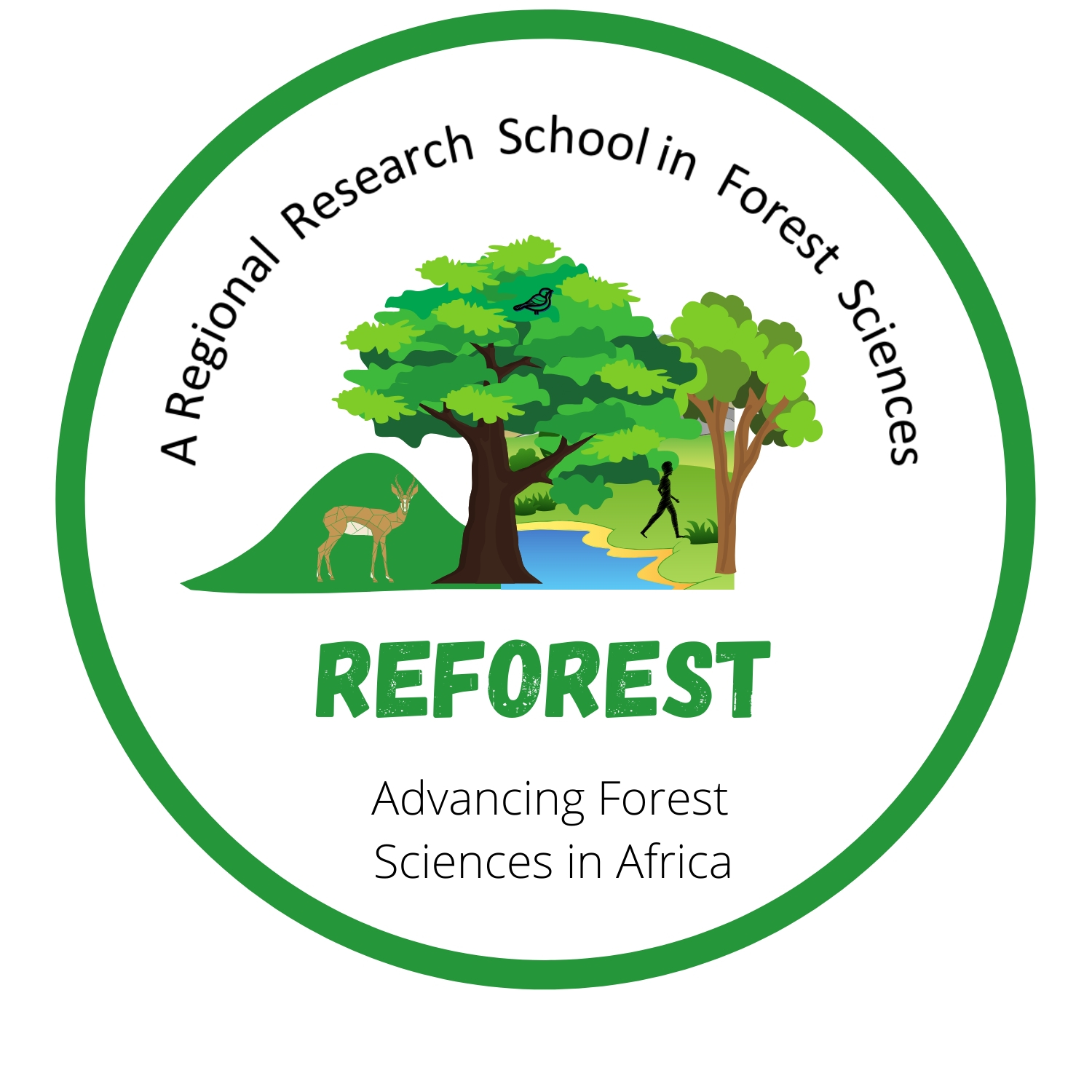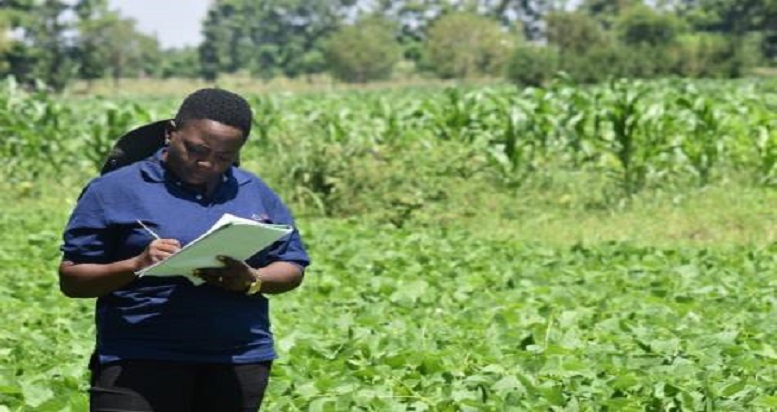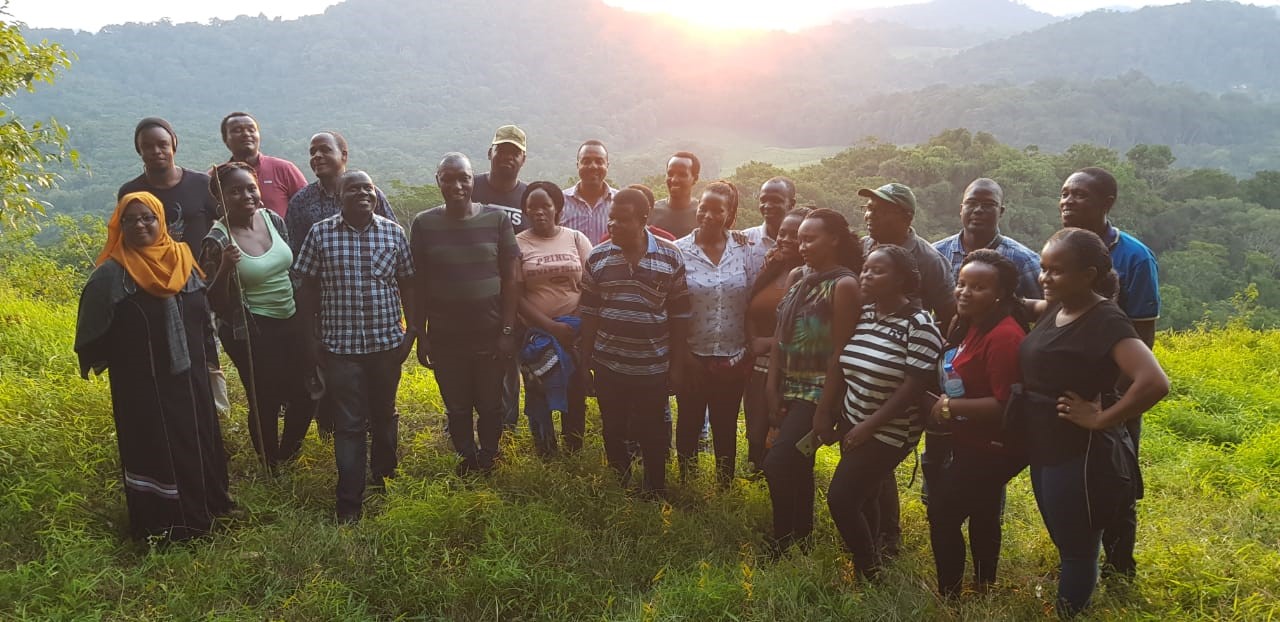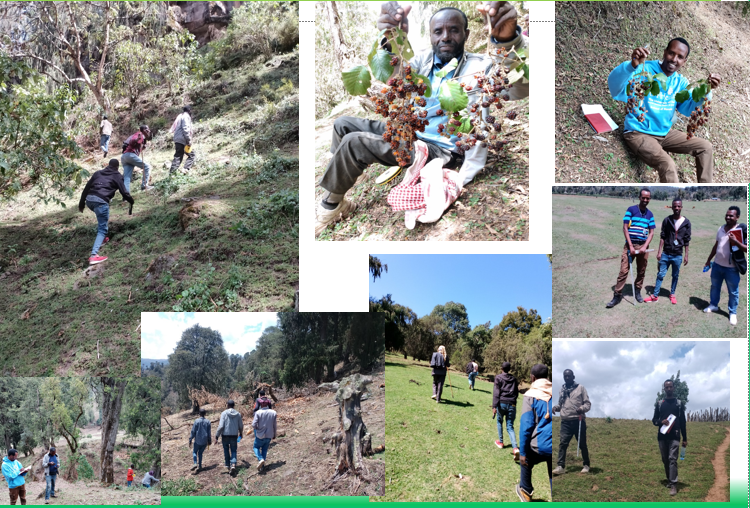By Nanyika Kingazi
PhD student under REFOREST Programme at Sokoine University of Agriculture
Introduction
Plant pollination by bio-agents is one of the most important ecosystem services essential for both natural ecosystems and crops. It is estimated that 87.5% of the world’s flowering plants depend on bio-agents for pollination. Insects represent the most important group of bio-agent pollinators and are the major crop pollinators in agroecosystems. Due to their large numbers they are able to effectively pollinate mass-flowering crops. Nevertheless, insect pollinators are globally declining due to factors such as forest/land fragmentation, degradation and deforestation lead to change in habitat of bio-agents/pollinators. However, certain ecological interventions such as agroforestry have demonstrated the ability to increase the abundance and diversity of pollinators. By increasing the overall diversity of plants in a landscape, it is possible to attract certain species of insect pollinators.
Overall Research objectives
Knowledge of insect pollinator populations in agroforestry systems in Tanzania is limited. This inspired my interest to focus my PhD research on assessing the population status of insect pollinators and their interaction with plant communities in agroforestry farms in Kilimanjaro. The study aims to comprehend the role of agroforestry in supporting insect pollinators (apart from its primary role of improving soils, providing food, fodder, and construction materials as well as providing shade to crops such as coffee). Specific habitats that can benefit from such insect pollinators will be assessed. This would create awareness among farmers on the benefits of agroforestry in terms of increased crop pollination by insects. My assumption is that successful incorporation of a wide variety of flowering trees, shrubs and diverse understory insect-pollinated plants could have a wide range of dividends for farmers. Trees for timber or shade can also provide a habitat for insect pollinators.
The Research
Research activities started in February 2022 with a reconnaissance survey, onsite study design, and testing of research tools with guidance from supervisors.

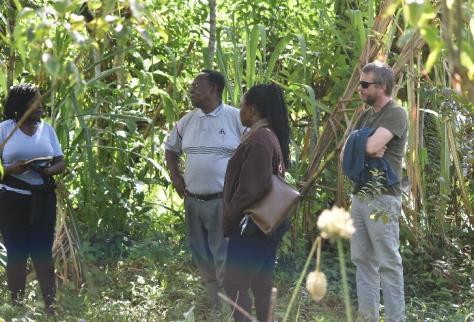
Student (Nanyika Kingazi) and Supervisors (Prof. R.P.C. Temu and Dr. Agnes Sirima from SUA and Prof. Mattias Jonsson from SLU) during the field visit in February 2022
The first task was to identify all plant species in selected agroforestry farms and understand whether or not their integration in the farms was intended to attract insect pollinators.
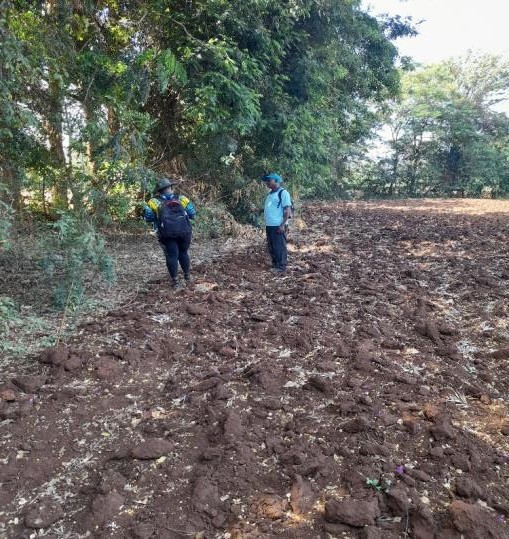
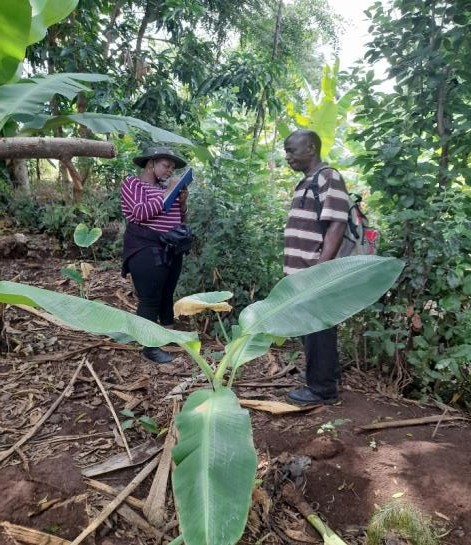
Botanist (Mr. Iddi Rajab Hiza) assisting with plant species identification
Another activity was to assess insect pollinators and their interaction with plant communities in agroforestry farms during the wet season (Phase 1: March to June 2022). This was done by using pan traps and sweep nets for collecting pollinator samples as well as visual observation for assessing their interaction with plant communities.
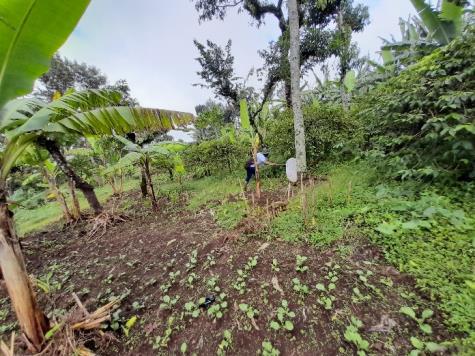
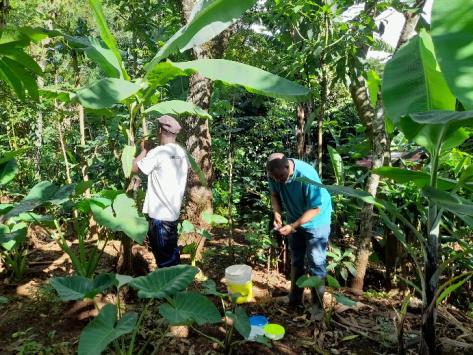
Collecting insect pollinators using sweep nets and pan traps
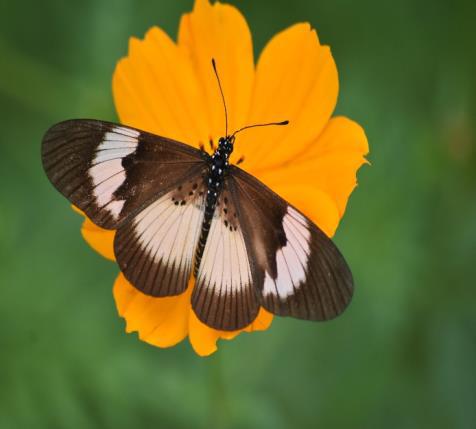
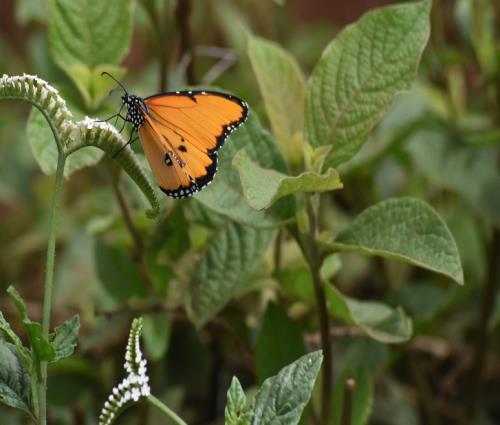
Insect pollinators (butterflies) interacting with different plants in the study area

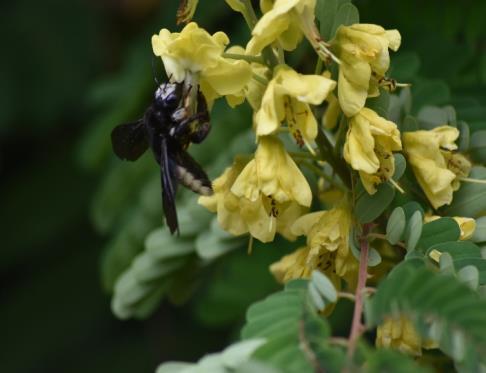
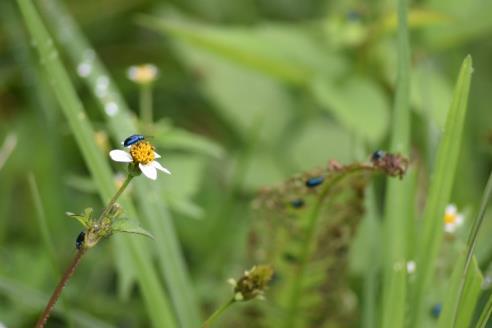
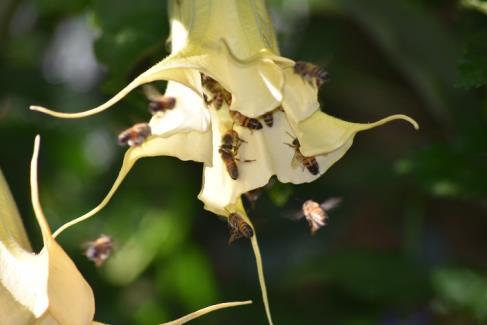
Insect pollinators (bees and beetles) interacting with flowering plants in the study area
In addition, a survey was conducted to assess insect pollinators (flower visitors) visiting flowers of beans planted on agroforestry farms as well as non-agroforestry farms. The aim was to understand whether there were differences between flower visiting to agroforestry and non-agroforestry farms.
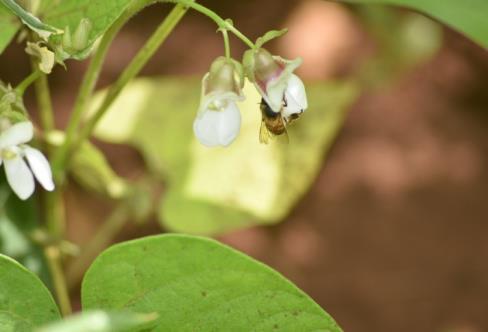
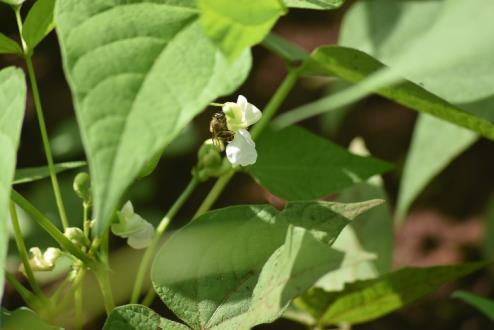
Insect pollinator/flower visitors foraging on bean flowers
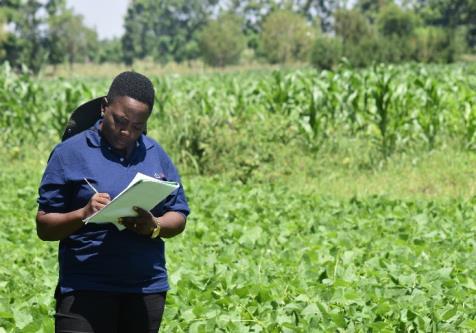
Recording and collecting insect pollinators/flower visitors to the bean flowers
The data collection was conducted during wet season (March to June 2022) which was rainy with very low temperature, misty and clouded. Data collection will continue during the dry season.
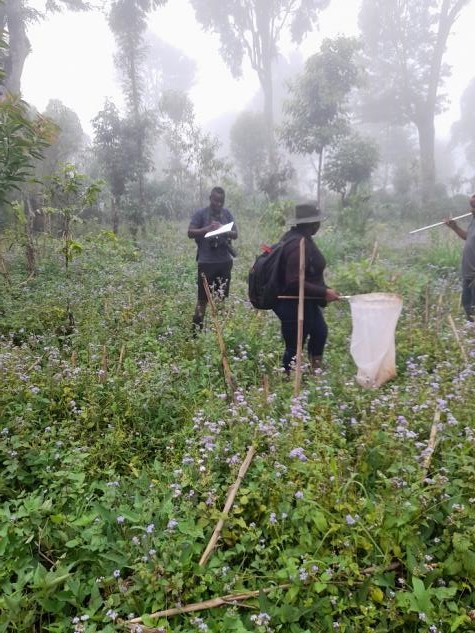
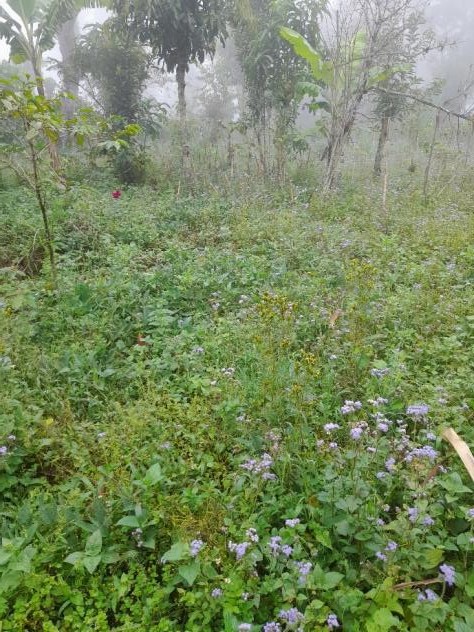
Data collection during the rainy season
